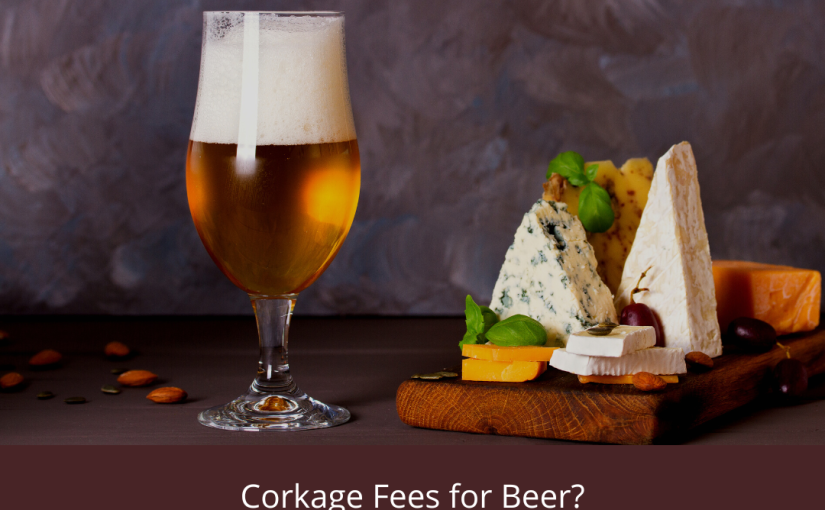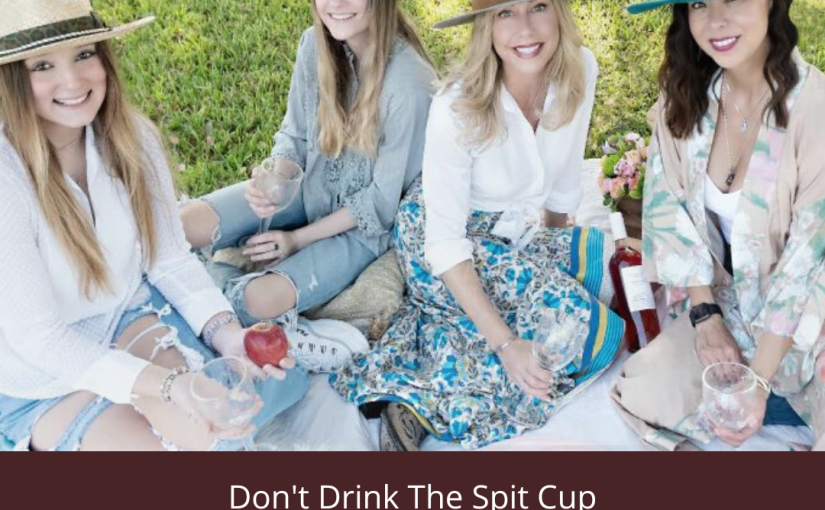As a restaurant owner, determining how much to charge for a corkage fee can be a tricky task. You are probably asking, “how to calculate a corkage fee.” Corkage fees, also known as “BYOB or BYOW fees,” are charges that some restaurants impose on customers who bring their own wine or spirits to the establishment. These fees are typically assessed per bottle, with the amount varying from one establishment to the next. The process of calculating a corkage fee and determining an appropriate charge involves several factors that a restaurant owner should consider.
The first factor to consider when you calculate a corkage fee is the cost of the wine or spirit being brought in. A common method for calculating a corkage fee is to charge a percentage of the retail value of the bottle. For example, if the retail value of the bottle is $100, a corkage fee of 15% would be $15 per bottle. This method allows the restaurant to cover the cost of the alcohol while still providing a reasonable fee for the customer.
Another factor to consider is the cost of storage and service. If the restaurant has a wine cellar or a specialized storage area for spirits, it may choose to charge a higher corkage fee to cover the cost of maintaining these spaces. Similarly, if the staff is providing additional service, such as pouring the wine or decanting the spirits, the restaurant may want to charge a higher fee to cover these costs.
Additionally, the restaurant should take into account the local market. Researching the corkage fees of other restaurants in the area will give you an idea of what is considered a reasonable fee and help you to stay competitive. It’s also important to consider the type of establishment you are running, a fine dining restaurant may charge a higher corkage fee than a casual restaurant.
Additionally, you may want to create a policy that limits the number of bottles that can be brought in. When you have a policy, make sure it’s stated on your menu or website and updated in the CorkageFee app.
Determining the appropriate corkage fee for your restaurant involves considering several factors, including the cost of the alcohol, the cost of storage and service, and the local market. It’s important to stay competitive with other local restaurants and be transparent with your policy. By taking these factors into consideration, a restaurant owner can determine a fair and reasonable corkage fee for their customers.
It is also important to remember that offering a corkage fee may actually increase wine sales and improve restaurant business overall. Wine lovers are loyal! Add your restaurant to the Corkage Fee network today!


